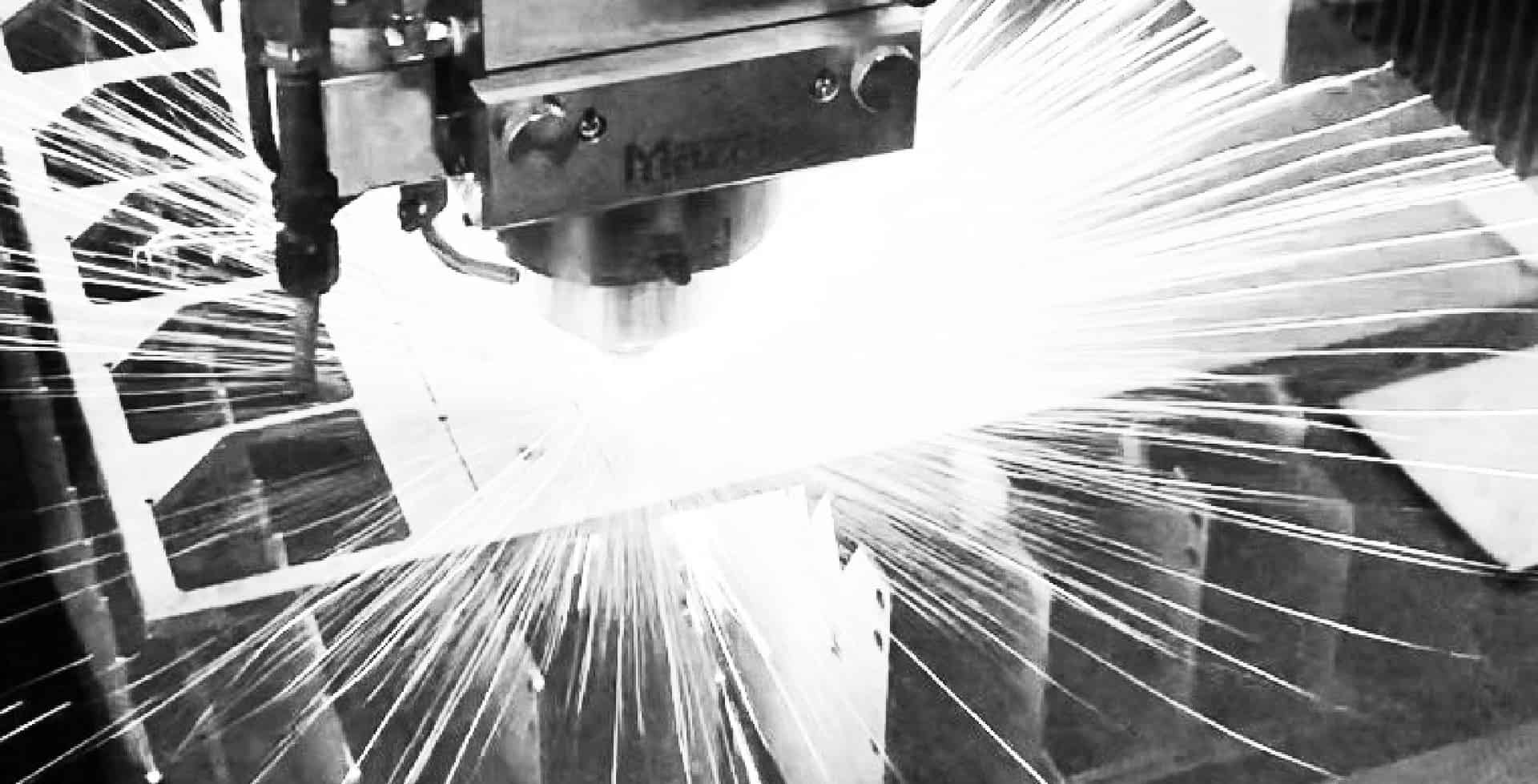Industrial Ventilation Fan Selection – Part 1

A fan is the primary air moving device in an industrial ventilation system. Industrial ventilation fans are categorized into three groups: axial, centrifugal and special types. In addition to matching the required airflow and pressure considerations, the air stream characteristics, operating temperature, drive arrangement and mounting should be considered when selecting an industrial fan.
Types of industrial exhaust fans
Axial fans
Axial fans, sometimes called “in-line” fans transfer large amounts of air with a lower rate of resistance by drawing air straight through the fan. Axial fans are generally not used for industrial ventilation systems with air cleaning devices because they do not generate a lot of static pressure.
Types of axial fans
- Propeller fans: Most commonly used fan for general ventilation such as dilution ventilation or cooling.
- Tubeaxial fans or duct fans: Also a propeller fan made to fit in ductwork with cylindrical housing, usually without any type of straightening vanes and transfer air against moderate static pressure (up to 4”wg). They are best used for clean-air applications, such as exhaust ducts going through the roof.
- Vaneaxial fans: Share similar characteristics to a propeller fan. In contrast to tubeaxial fans, vaneaxial fans have a hub and airfoil blades mounted in cylindrical housings usually with straightening vanes on the discharge side of the impeller. Vaneaxial fans also handle larger static pressure (up to 10”wg). Like tubeaxial fans, vaneaxial fans are best used for clean-air applications.
Centrifugal fans
Centrifugal fans are said to look like “squirrel cages.” They transfer small amounts of air with a higher rate of resistance by drawing air through the center of the fan. The air is then released through the exhaust at a 90-degree angle. The fan blade determines the three centrifugal fan types.
Types of centrifugal fan blades
- Forward inclined blades: The blades curve toward the rotation direction and are quiet during operation. Due to the short curved blades, these fans are not recommended for dust or particulate.
- Radial blades: The blades are straight from the hub. They are shaped to resist material buildup, allowing them to be used for a variety of exhaust systems handling clean or dirty air.
- Backward inclined blades: The blades curve opposite the rotation direction, are quiet during operation, and have the highest mechanical efficiency of all fan blades. Because they are prone to buildup, fans with these blades are best for light dust or clean-air environments.
Fan selection considerations
Referencing the original equipment manufacturer is best when selecting the right fan for an industrial dust collection system. However, here are general guidelines to consider:
- Capacity, such as flow rate and pressure requirements
- Airstream, including materials handled through the fan
- Physical limitations
- Drive arrangements/power source
- Noise
- Safety and accessories
- Flow control
These considerations are explained in greater detail in “Industrial Ventilation Fan Selection – Part 2.”
IVI’s engineering and design team provides start-to-finish, air quality control solutions keeping costs affordable and efficiency high. Contact IVI today for assistance in selecting a fan for an industrial dust collection system or for any industrial ventilation need.